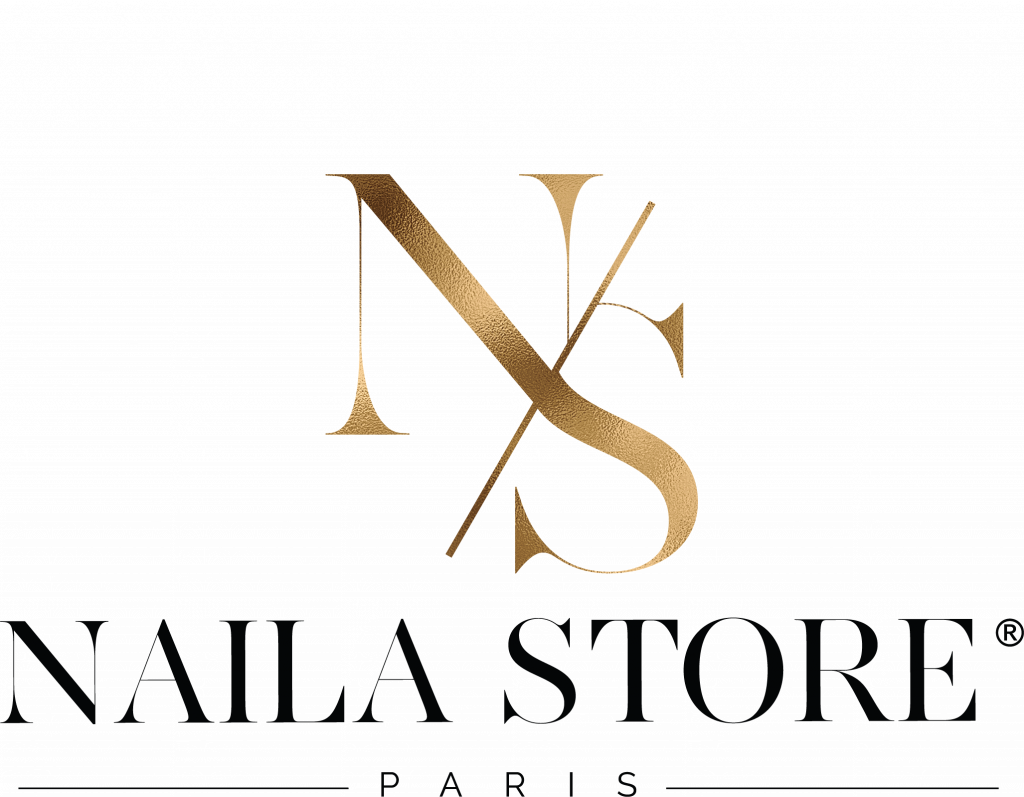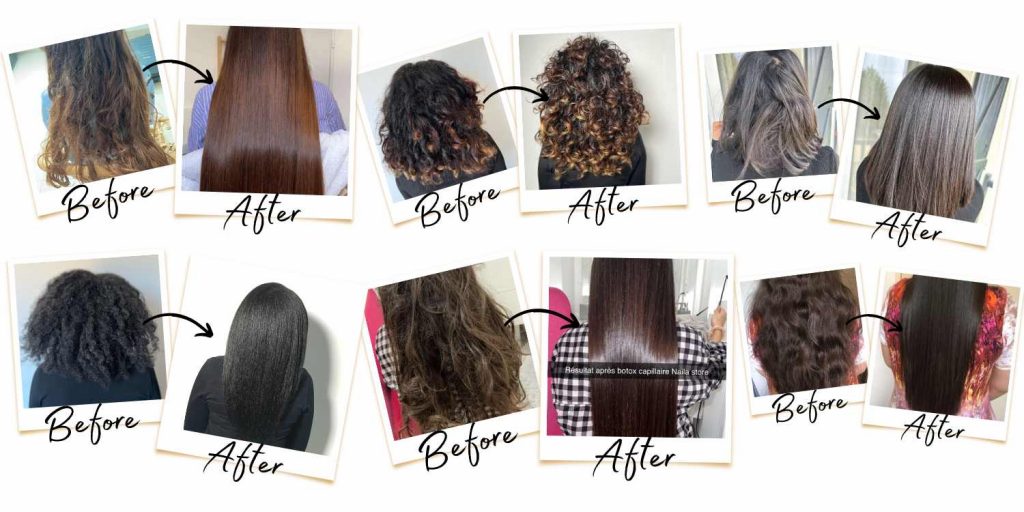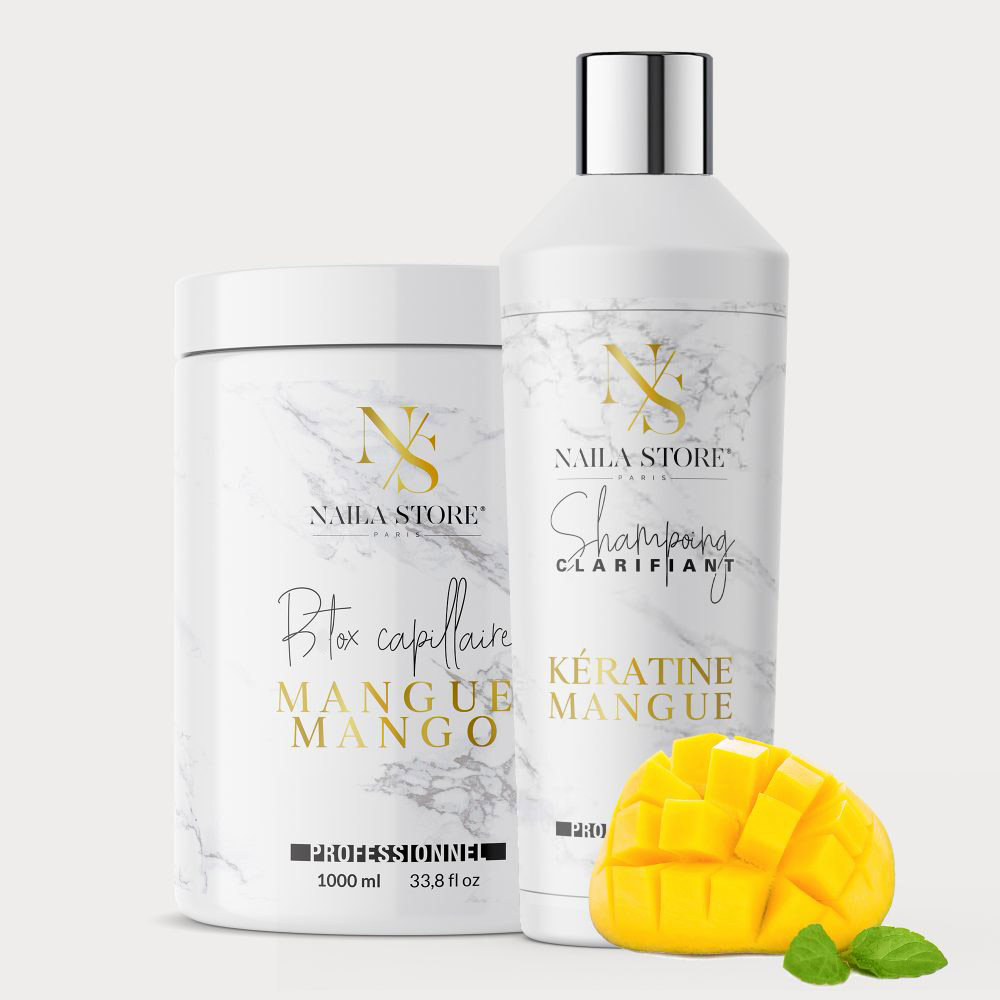
Hair masks you really should have!
Hair masks are important for maintaining healthy, shiny hair. In this article, we will explain what a hair mask is and how you can take care of your hair.
Hair masks: laying the foundations!
Hair masks are a crucial step towards healthy, good-looking hair. It’s a must. Without hair care, it’s going to be hard to get very far…
To look after your hair properly, you need to get to know it and then learn about the different treatments available on the market. By understanding these elements, you can choose the products that best suit your needs.
Each hair type has unique characteristics that require a different approach to hair care. For example, fine hair tends to be more fragile and needs lighter products to keep it from weighing it down, while frizzy hair needs moisture-rich products to help it stay hydrated and supple.
The different types of hair
Type 1: Straight Hair
Straight hair tends to be naturally shiny, partly due to the sebum that reaches the ends. But not everything is perfect! It often becomes greasy more quickly and lacks volume. Fortunately, there are hair care products and targeted procedures that can help make it fuller, such as botox mango.
Straight hair sub-category :
1a: for soft, ultra-smooth hair.
1b: for the same style of hair with a little more volume.
1c: for the thickest of straight hair.
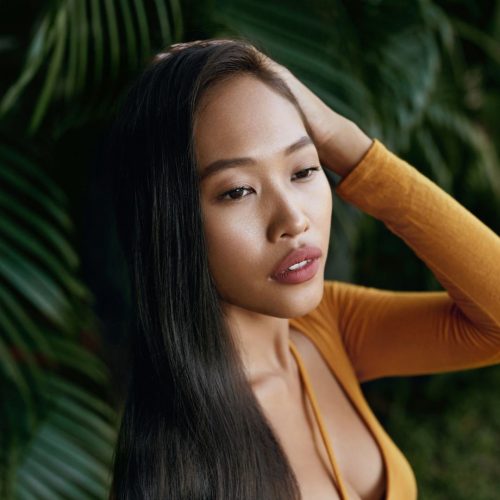
Type 2: Wavy Hair
This hair naturally has an « S » shape and is generally strong, shiny and thick. The main weakness of wavy hair is that the waves are undefined.
Subcategory of wavy hair :
2a: for very fine, almost straight hair.
2b: for hair that is already more wavy.
2c: for hair with « S’s » that border on curls.
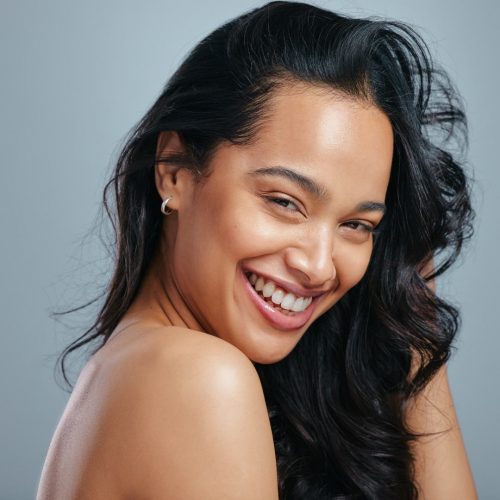
Type 3: Curly to frizzy hair
This type of hair is characterised by beautiful, loose curls, giving it a charming appearance. Often, with this hair type, it can be difficult for oil to reach the ends, which can make the hair less shiny, drier, brittle and susceptible to frizz. But don’t worry, there are solutions!
Subcategory of curly to frizzy hair :
3a: for thick hair with large, soft curls.
3b: for hair that is between thick and thin and has both large curls and small curls.
3c: for finer hair that has dense, tight curls, resulting in an almost frizzy look.
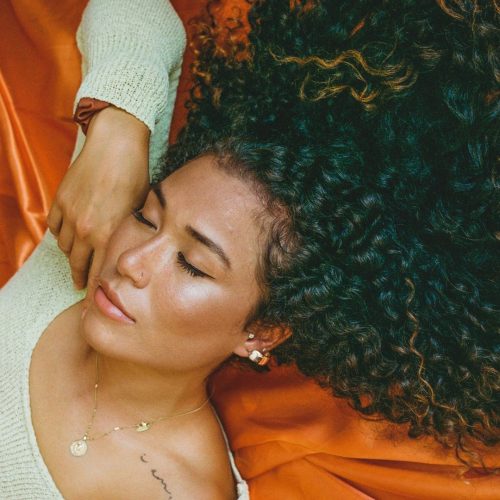
Type 4: Frizzy and kinky hair
The hair has ‘Z’ shaped strands. This time, forget the « S ». They have extremely tight curls that can stretch up to four times their length. This indicates a very dry hair type, but again, specific hair care can help prevent dryness in frizzy hair.
Subcategory of curly and frizzy hair :
4a: for very curly, fine and fragile hair.
4b: for « Z » shaped frizzy hair types, more fragile and brittle.
4c: for hair in between!
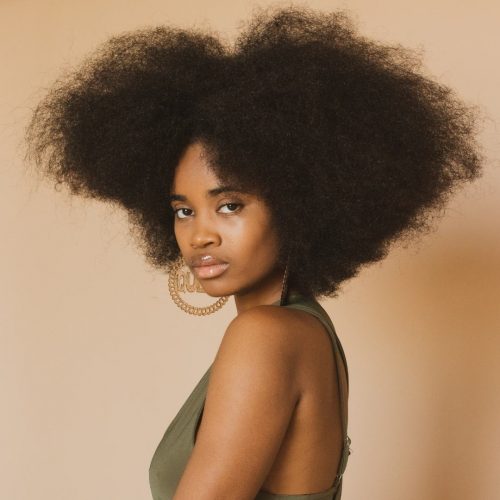
Main steps to healthy hair
Step 1: Cleanse your hair
To cleanse the hair, it is important to choose the right shampoo for your hair type. In general, a clarifying shampoo is highly recommended. You should also avoid over-washing your hair, as this can dry it out and make it fragile. To give a little indication, it is often said that the ideal frequency of shampooing is twice a week in general.
Step 2: Condition the hair
After cleansing your hair, you need to condition it to help your hair stay hydrated and healthy. Choose a hair conditioner that matches your hair type and apply it to the lengths and ends. Why is it important? After shampooing, your hair are vulnerable as they are stripped of all impurities and can be exposed to external damage. That’s why conditioners are important to nourish and protect the hair.
Step 3: Hair mask
Hair masks such as hair botox will help strengthen and nourish the hair, depending on your specific needs. Hair botox is very interesting because there are different types of hair botox depending on your needs.
Step 4: Brush your hair
Often considered a purely cosmetic gesture, brushing hair is actually an essential step in maintaining the health of your hair day after day. Not only does it help to style and detangle the hair, but it also helps to rid the scalp of accumulated impurities, such as dust, oil and pollution residue. By brushing the hair before shampooing, you allow for a more effective cleansing.
Why choose botox as a hair mask?
Would you like to get these results in a few hours? If so, you have the answer to your question. 😊
Hair botox is an increasingly popular hair care technique. It’s no wonder when you see the results! Hair botox is a nutrient and protein rich product that is used to nourish and repair damaged hair or to take care of your hair, making it soft, shiny and supple.
To be more specific, hair botox repairs damaged hair by restoring the nutrients and moisture that your hair needs. Hair botox seals the cuticles with a protective outer layer to retain the good stuff. Botox will also prevent the hair’s natural oils and moisture from escaping. At the end of the day, it will bring your hair back to life internally! Honestly, it’s a fantastic and quick fix!
Hair botox is for everyone! It beautifies your hair because by restructuring your hair fibre, it gives your hair shine, silky and softness even if today it is dull and damaged.
Discover all our hair mask:
No products were found matching your selection.
